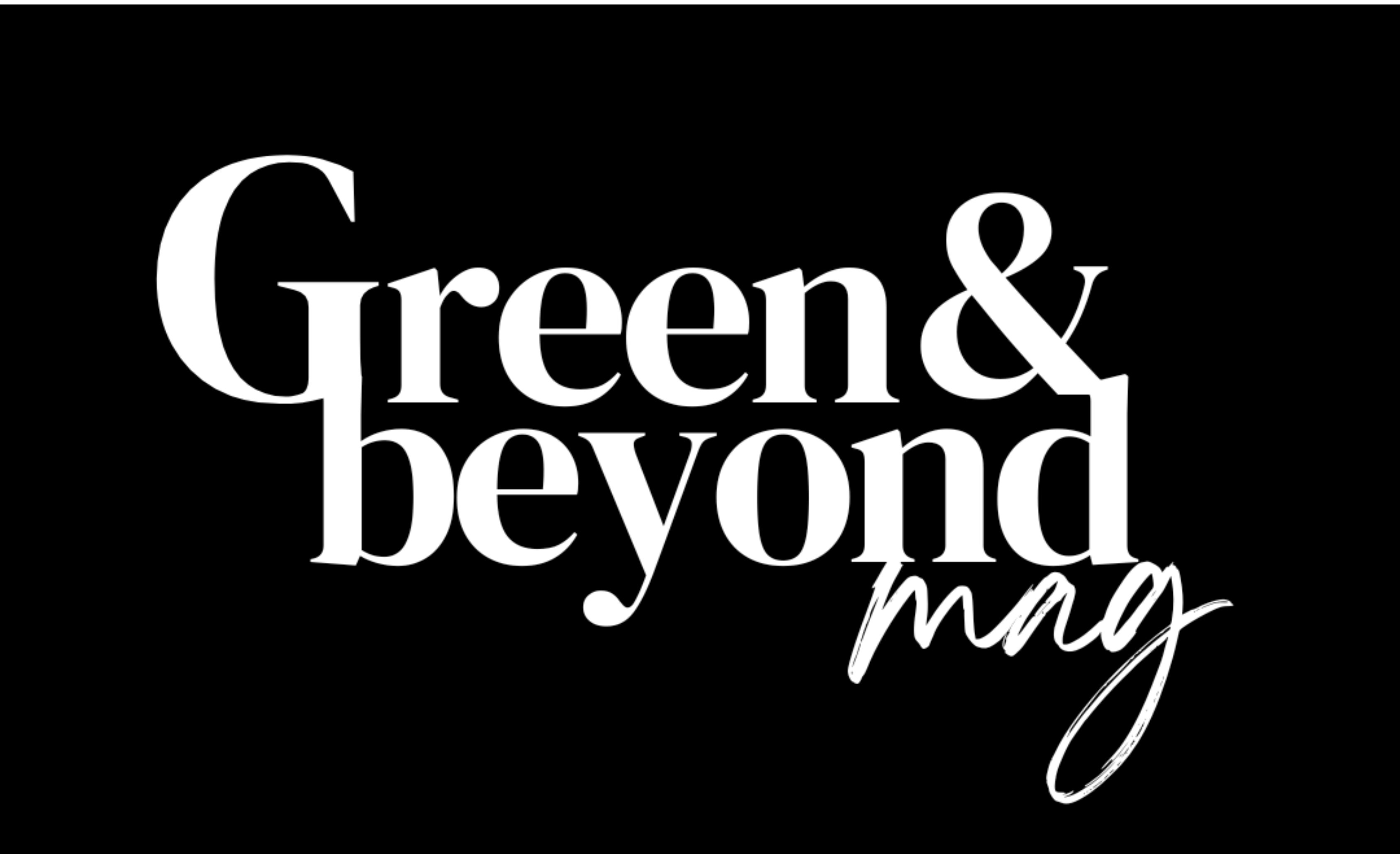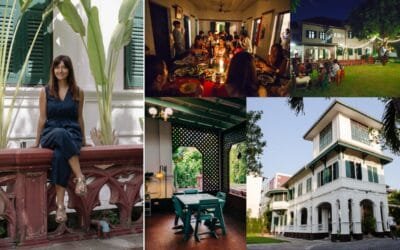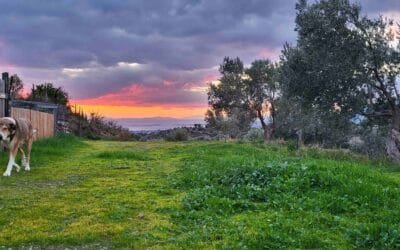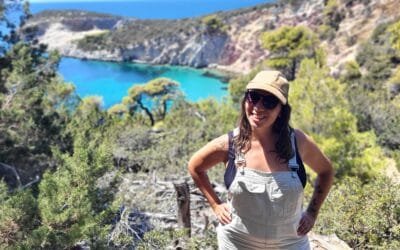In the vibrant world of Eco Fashion Week Australia (EFWA), Marilyn R. Wilson stands as more than just the Fashion Editor; she is the weaver of narratives, the artisan of stories that breathe life into the sustainable fashion movement. Behind her poised words and eloquent expressions is a journey that commenced at the crossroads of uncertainty, when at 50, she fearlessly embraced a Craigslist ad from a New York fashion magazine.
Marilyn‘s odyssey unfolds uniquely – her entrance into the world of fashion writing was accidental, but her love for storytelling was unmistakable. The unfolding chapters of her career narrate a tale of reinvention, resilience, and an unwavering passion for the narratives that shape our world. From co-launching a magazine that celebrated local artists to becoming a published author, Marilyn’s evolution is a testament to the transformative power of embracing new passions at any age. Her books, “Life Outside the Box” and “The Wisdom of Listening“, echo the stories of individuals who have danced to the rhythm of their unique lives—a reflection of Marilyn’s commitment to amplifying the voices of those who dare to be different.
As we dive into an exclusive interview with Marilyn, she unravels the intricacies of her journey, offering glimpses of her encounters with inspiring souls, her foray into authorship, and the profound impact of sustainability on her personal and professional choices.
What ignited your passion for writing, and how did it evolve into a career, especially in the realm of fashion?

A great story. I was 50 and my kids were in their teens. They didn’t need me as much, so I sat down at the computer and started searching for job opportunities on Craigslist. An ad from a NYC fashion magazine looking for submissions caught my eye. I had no writing experience and grew up poor so knew nothing about the fashion world, but on a whim sent off 3 story ideas. No one was more surprised than I when 2 were accepted. What I discovered in my first interview was that I loved hearing people share their stories. It gave me goosebumps. I had found my passion. That magazine folded without my articles reaching publication, so I went back to Craigslist and connected with a photographer/web developer who wanted to start a local magazine. In 6 months I became co-owner, editor and was in charge of scheduling and assigning interviews to other writers. I also ended up writing two articles a month for a fashion magazine in NYC, and had 2 articles featured in a London publication. I have interviewed close to home and from as far away as South Africa. It wasn’t easy learning the skills I lacked in the public eye – there were many sleepless nights and tears – but it brought me to where I am today.
You co-launched a magazine highlighting local artists. How has connecting with artists influenced your creativity and approach to storytelling?
From my very first interview, my passion was clear. It wasn’t the world of fashion. What I loved was hearing other people tell their stories. Because I was giving them press and was so obviously enjoying what they shared, most opened up in a very meaningful way.. Some interviews stayed very professional, but in many, we laughed, cried, and ended with a hug. Several became close friends. Listening to their stories changed my life. I learned how unique we all were; that we didn’t have to all fit in the same box; that it was okay to be ourselves exactly as we are. I learned how to really listen without judgment. I learned how to walk each day intimately aware of the life happening around me and the wisdom being dropped in my lap daily. In my non-fiction writing, I give wings not only to the stories I hear but the life lessons I am learning. Creativity surrounds us, but it also lives in us. We simply have to stay open and notice. Storytelling is a practice learned daily both through listening to others and by sharing our own with others. It doesn’t happen overnight.
Transitioning from a freelance writer to a published author is remarkable. What prompted you to take the leap into authorship, and how has this transition shaped your perspective on storytelling?
I simply followed the breadcrumbs. After 4-½ years of building a magazine and pouring all my branding into it, we decided to part ways. I was devastated. This was a very black time for me. I was on the edge of just walking away. It had been too hard. Demanded everything I had. I wasn’t sure I had the energy to start from scratch. In desperation, I decided to write something every day for 6 weeks and then decide. I started with trivial things like writing about driving in traffic. Then I began to go deeper. Over those 6 weeks, I discovered I wanted to keep writing, but didn’t know what that meant. Then I heard a hybrid publisher talk and knew instantly this was the door opening. We took all my interviews and focused on 10 featuring wildly divergent lives to create my first book – Life Outside the Box. One would think it would have been easy to do 10 mini bio chapters after so many magazine articles, but it wasn’t. Stretching my stories from 1,000 to 5,000 words was challenging and hit all my self-doubt buttons. My storytelling had to grow from just snapshots to cover longer pieces. Fortunately, I had support. Publishing a book wasn’t new – it was a continuation of what I had been doing. I was still giving wings to the stories of others, but it was a deeper, more meaningful offering.
Covering the fashion industry, what insights have you gained about the intersection of creativity, self-expression, and sustainability in personal style?
Because the door into the world of writing that opened was in the world of fashion, I have been labeled a fashion writer which is hilarious. I grew up poor and knew nothing about fashion. It took a long time to learn about style and what I liked to wear. I have learned to love personal expression through what I wear, but I am not a trend person or hung up on big-name brands. It is all about the artist creating the clothes. I have pieces bought from students still in school, as well as interesting designers I have interviewed. I love the artistry of unique garments. I still don’t own a sequined dress perfect for a cocktail party, yet have a rubber chicken purse I pull out to wear with a Japanese-inspired patchwork dress. Most of my clothes, though, are classic basics as they are great building blocks you can work with.
Sustainability is a recurrent theme. How do you personally define sustainability in your life, and how has it shaped your choices beyond fashion?
In terms of sustainability, my teachers have been the eco-designers I have interviewed. They opened my eyes to the waste and damage being done by the fashion industry. As I have learned more, I was drawn to more sustainable choices. I buy clothing that I love, and that often has a story that binds it to me. I look for fabrics that will last and take very good care of my clothing. I work every year to make some purchases from local designers with small-run productions. Even those purchases that don’t fit the sustainable criteria are purchased purposefully and worn until they fall apart. Anything I no longer want is donated.
Being part of EFWA since 2017, how have you seen the event evolve in shaping perceptions and practices in sustainable fashion globally?
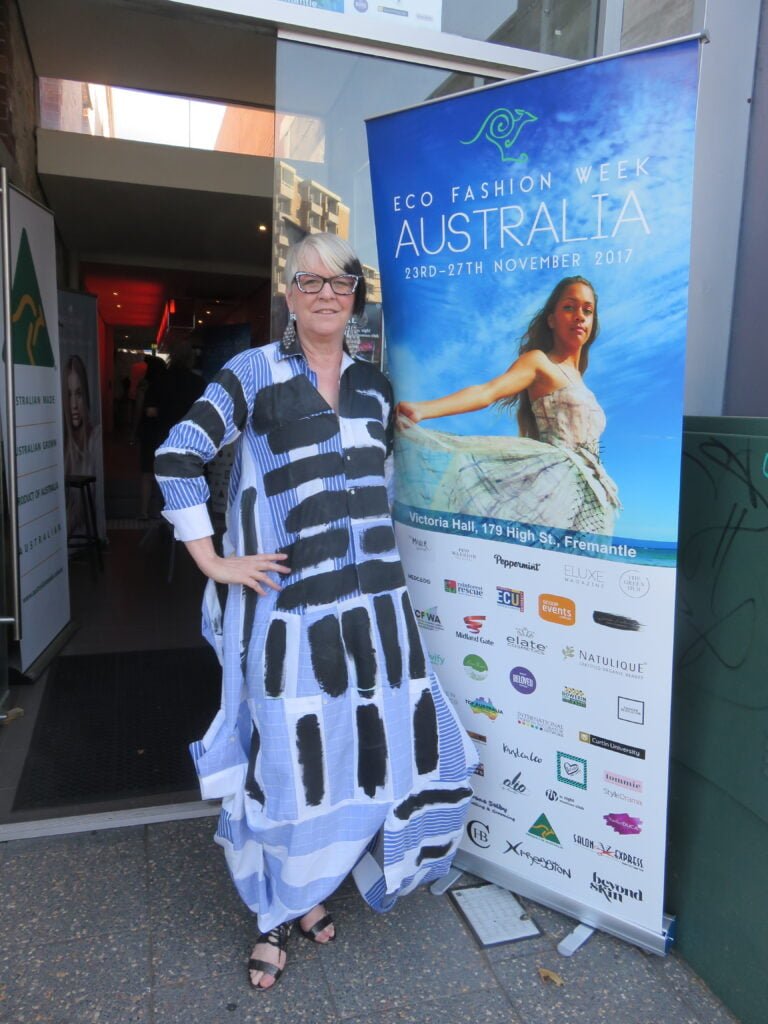
What a joy to connect with Zuhal when she was in Vancouver, BC, showing on the runway. I met her right at the beginning of her fashion career and we became friends. When she decided to move forward on EFWA, I agreed to step in and support her by interviewing designers for her website. It was 18 months of hard work to bring that first show in 2017 and a real privilege to be there in person staying with her to see it all come together. We talked every morning before the others arose. I was even gifted a show as a thank-you, so had 21 young designers from countries all over the world who sent me one garment created from upcycled men’s dress shirts. What a thrill. Making change requires a continuing effort. It’s like dropping pebbles in a pond. Each pebble brings more waves and creates more change. I am very excited to see EFWA has gained its legs and continues to grow, gaining more respect and credibility with each season.
Your connection with Zuhal Kuvan-Mills seems profound. How has your collaboration with her, especially in the context of EFWA, influenced your perspective on sustainable fashion?
We are friends first and foremost. And I admire her ability to take on a challenge of this magnitude and make it happen. She is an unstoppable force when it comes to sustainability and is fearless in pursuing her goals. Being able to support her efforts in my own small way has been an honor. I continue to keep abreast of new sustainable fashion issues through my connection with Zuhal as well as other sustainable designers such as Katherine Soucie and Sylvia Calvo, and ethical fashion industry leaders like Sass Brown (author and educator) and Jane Milburn (Textile Beats).
As EFWA looks toward the future, what aspirations do you have for the event, especially in terms of its influence on the fashion industry’s trajectory towards sustainability?

Each season EFWA offers a chance to see the unique fashions created by sustainable designers. For the world in general these unique options offered are a surprise. Nothing is cookie-cutter. I personally find sustainable, small production designs more interesting. The small runs mean better quality and the garments defy the trends. What I love most is Eco fashion made in small runs by local artists committed to sustainability gives us permission to embrace a different relationship with our clothing. For me it means clothing with a story, or that garments that make me feel a certain way. I no longer feel the need to wear the color of the season declared by someone. I don’t have to wear the current cut, or styles that don’t work for me. I now have pieces in my closet that have been there for 18 years and I still love them. I re-wear them again and again without apology. That is the influence EFWA and ethical designers have had on me. I hope every season EFWA will open a few more eyes, and touch a few more hearts. I will never be militant in what I wear, but I will continue to be purposeful and thoughtful about what I purchase.
Click to find out more about Marilyn R. Wilson and Eco Fashion Week Australia.
This is part of a series where Green & Beyond Mag explores the stories and takes a peek at the lifestyles of incredible people like green entrepreneurs, innovators, climate advocates, activists, community leaders, and content creators, all around the world, who love the planet and are working tirelessly to make the world a better place.
